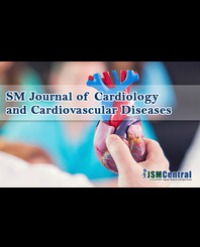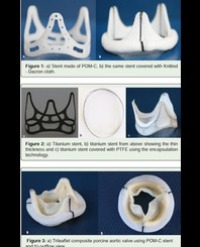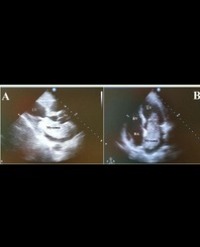
New Insights into Regulation of FGF23 in Chronic Kidney Disease and its Role in Cardiovascular Disease
Patients with Chronic Kidney Disease (CKD) have 2.8 to 3.4-fold higher mortality compared to individuals with normal kidney function, mostly attributed to increased risk for Cardiovascular (CV) events [1,2]; however, this increased risk is not fully explained by the traditional CV risk factors such as diabetes, hypertension, hyperlipidemia, smoking etc [1]. Over last decade, Fibroblast Growth Factor-23 (FGF23) has emerged as a strong predictor of CV disease and all-cause mortality in both general and CKD population [3-5]. In this context; however, it is not clear if the relationship of FGF23 with morbidity and mortality is causative or merely associative. Uncertainties also linger about the regulation of FGF23 in CKD patients. Here is the new insight into the role and regulation of FGF23 in CKD. FGF23 was originally discovered as a phosphaturic hormone. It is produced and secreted by osteoblasts and osteocytes with 1,25(OH)2D as a major direct known stimulus and FGF23 in turn induces phosphaturia by down regulating type IIa and IIc sodium-phosphorus co-transporters on the apical surface of the proximal tubular renal epithelial cells [6]. FGF-23 also down regulates the 1-α-hydroxylase enzyme causing decrease in the active form of vitamin D with resultant decrease in intestinal phosphate absorption. FGF23 exerts these actions by binding to the FGF receptor Klotho complex in kidney and, thus maintains the phosphorus homeostasis. The various FGF23 activating mutations have known to lead to disorders characterized by hyperphosphaturia, hypophosphatemia, fatigue, bone pain and deformities in face of inappropriately low or normal vitamin D levels. Conversely, loss-of-function FGF23 mutations cause hyperphosphatemia, ectopic calcification, premature aging and death [7].
Shweta Bansal*


